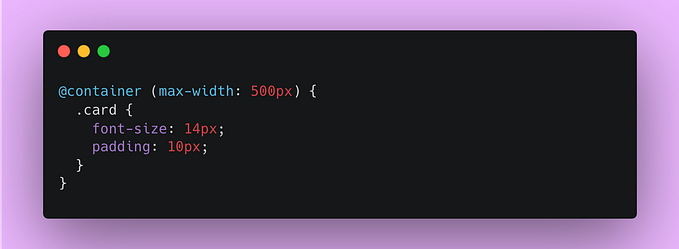Member-only story
The Past and Present of Browser Architecture

The front end may be a rapidly changing field, and it is difficult for us to understand all aspects of it. However, front-end systems generally run in browsers, so a better understanding of browsers can help us develop front-end applications more effectively. This is also one of the reasons for this article and serves as an instance analysis of runtime.
The browser architecture has undergone a transition from single-process browsers to multi-process browsers. Emphasizing stability, smoothness, and security, processes have been decomposed into rendering, GPU, network, and plugins, improving the cleanliness of the architecture. To review the browser’s architecture, it is necessary to further understand the process of opening pages, the page rendering process, and the browser plugin mechanism. By organizing the timeline of Chrome extension versions, especially the transition from Manifest V1 to Manifest V3, one can gain a relatively comprehensive understanding of how browsers have evolved.
1. Evolution of Browser Architecture
Before 2007, the typical browser architecture was like this:
Single-process browser architecture runs the entire web browser in a single operating system process, consolidating tasks such as network processing, plugins, JavaScript runtime, rendering engine, page management, and user interface elements into one execution space. While simplifying resource management, this architectural design has the following main issues:
- Instability — Plugins and rendering engines handling functions like web video and games run in the same process. Crashes in plugins or rendering engines can lead to the entire browser crashing, with this instability particularly evident when dealing with complex JavaScript code.
- Lack of smoothness — All modules (including page rendering, JavaScript execution, and plugins) share a single thread. If a script becomes very time-consuming, it can monopolize the entire thread, causing other pages to be unresponsive and resulting in delays across the whole browser.










